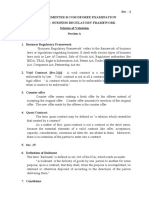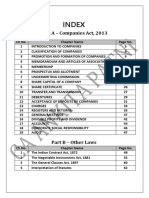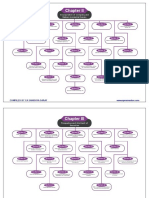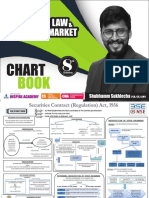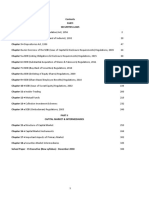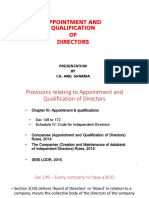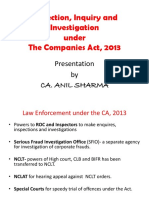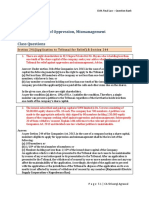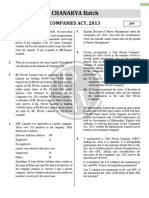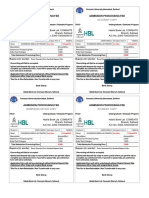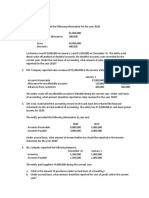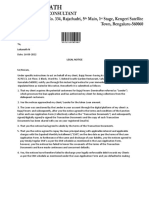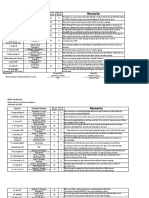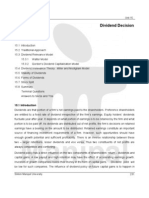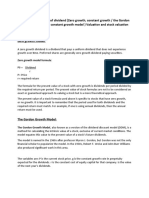0% found this document useful (0 votes)
290 views42 pagesCompanies Act 2013: - Heli Shah
The document discusses companies under the Companies Act 2013 in India. It defines a company as an association formed for business purposes that is legally separate from its owners. The key features of a company include limited liability, perpetual succession, transferable shares, and separate legal personality. The document outlines different types of companies such as public, private, government, foreign, and one person companies. It also discusses the incorporation process for companies and key aspects of a company's memorandum of association.
Uploaded by
HELI SHAHCopyright
© © All Rights Reserved
We take content rights seriously. If you suspect this is your content, claim it here.
Available Formats
Download as PPTX, PDF, TXT or read online on Scribd
0% found this document useful (0 votes)
290 views42 pagesCompanies Act 2013: - Heli Shah
The document discusses companies under the Companies Act 2013 in India. It defines a company as an association formed for business purposes that is legally separate from its owners. The key features of a company include limited liability, perpetual succession, transferable shares, and separate legal personality. The document outlines different types of companies such as public, private, government, foreign, and one person companies. It also discusses the incorporation process for companies and key aspects of a company's memorandum of association.
Uploaded by
HELI SHAHCopyright
© © All Rights Reserved
We take content rights seriously. If you suspect this is your content, claim it here.
Available Formats
Download as PPTX, PDF, TXT or read online on Scribd
/ 42


